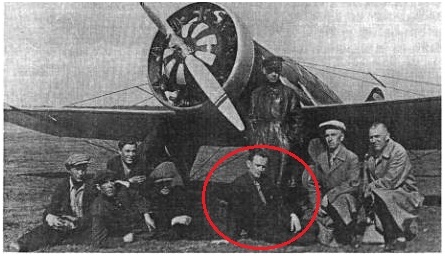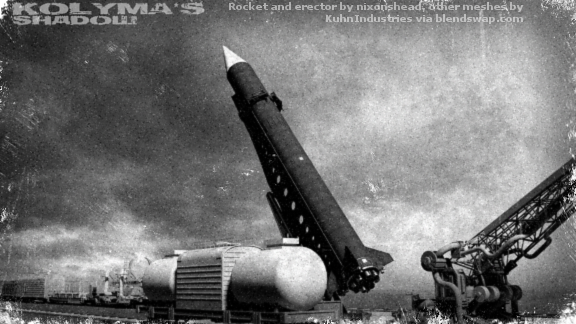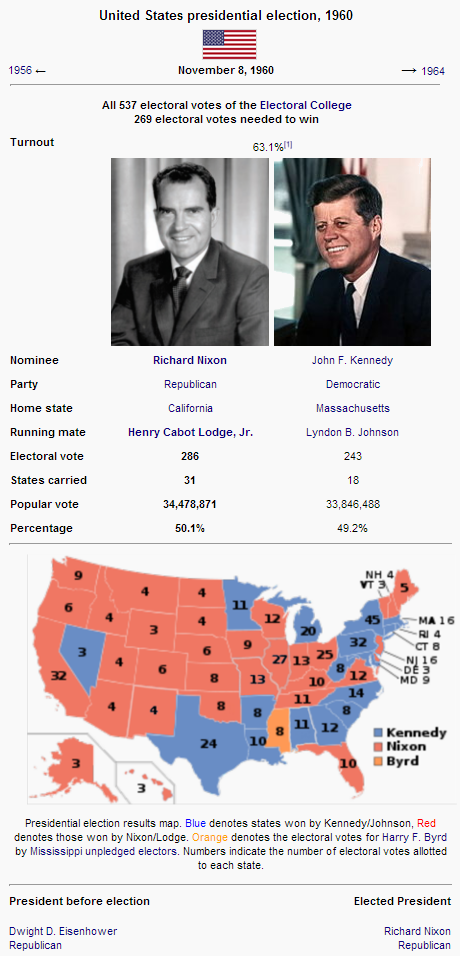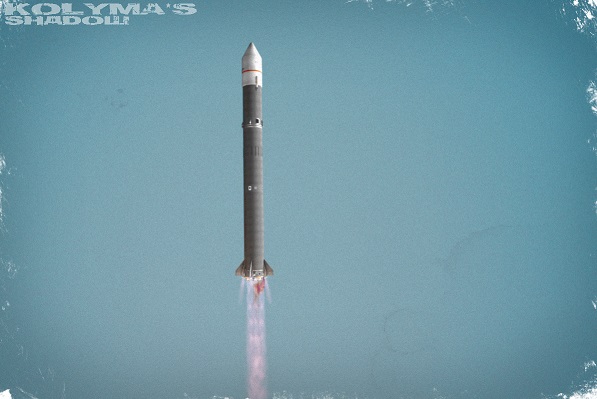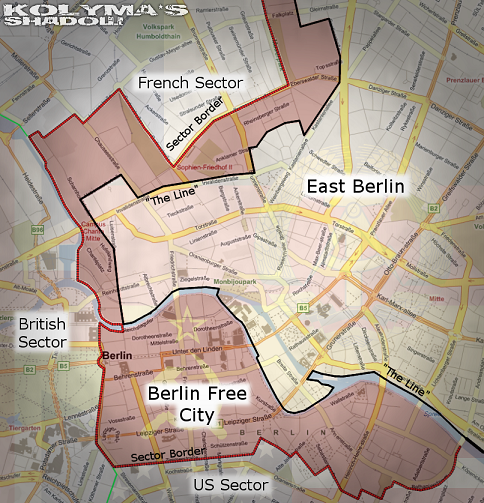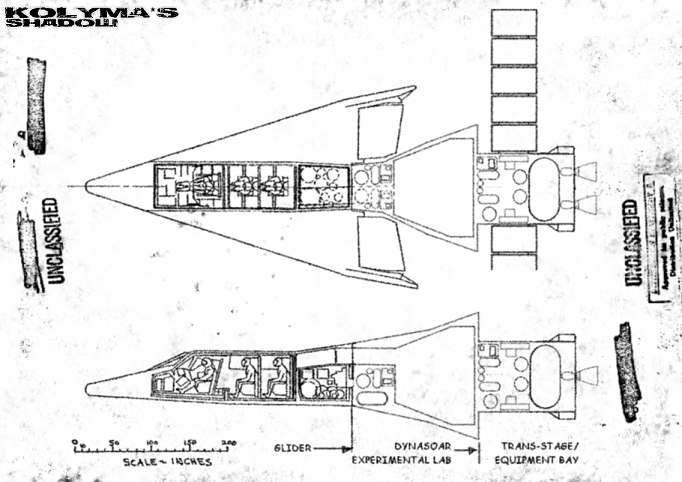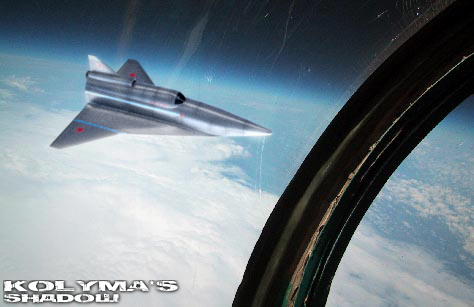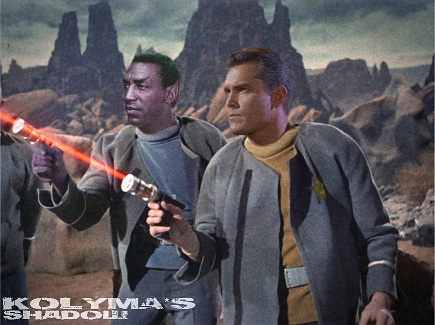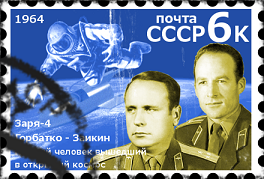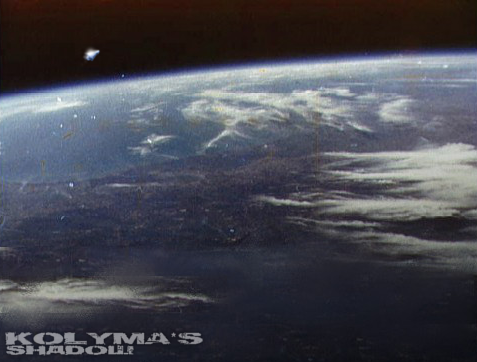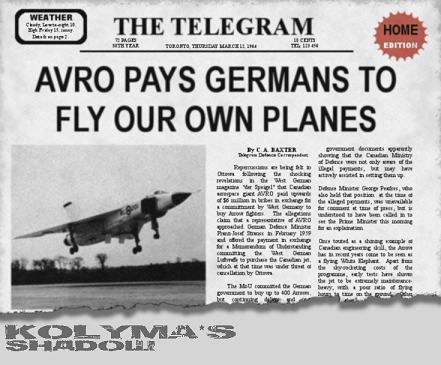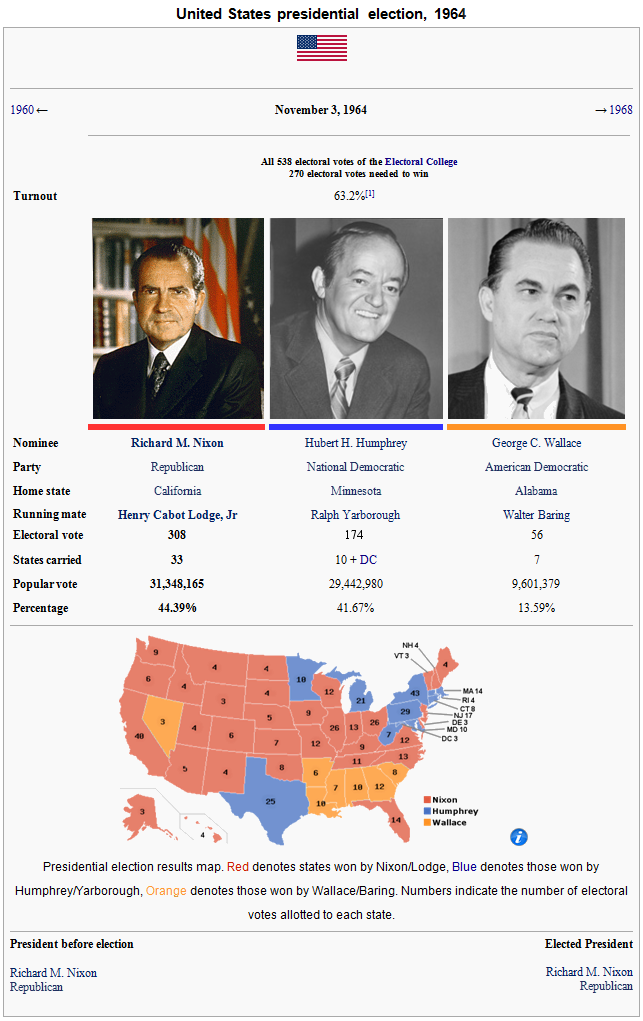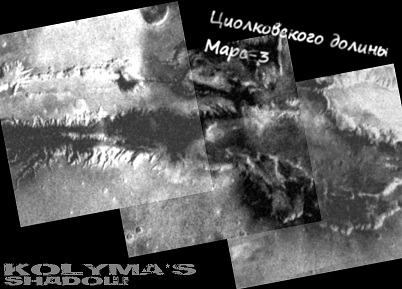Slightly later than usual since I've been travelling this weekend, this week we take a wider look at the world beyond the space programme in...
Part I Post #8: Nations Divided
The Turkish night air was crisp and cool in the small hours of 12th January, 1960, as Flight Lieutenant John MacArthur climbed the ladder into the cockpit of his Lockheed U-2 aircraft. Not that you could tell it was his from its appearance. The aircraft carried no marks to identify its nationality, and neither did the pilot. Officially, John MacArthur was on temporary assignment from the RAF to the Meteorological Office, undertaking a high altitude research flight to better understand the weather.
Once buttoned into the cockpit, MacArthur started the plane’s single Pratt & Whitney J57 jet engine and taxied carefully to the end of Incirlik Air Base’s runway, guided by the ground lights and followed by a chase car. Once at the end of the runway, ground crew pulled away the safety pins from the “Pogo” outrigger gear that kept the long, delicate wings from dragging on the ground, followed by a quick last-minute check from the Mobile Officer. With a final thumbs-up given, MacArthur released the brakes and pushed the throttle all the way forward. The ungainly aircraft began to move down the runway, gradually building up the speed needed for takeoff. As the wings lifted upwards, the Pogos fell away, and MacArthur rotated the jet off the tarmac, climbing rapidly as he turned to an Easterly course.
As MacArthur reached his operational altitude of over 70 000 feet, he looked out across a black sky above a curved globe which was just becoming visible as dawn broke ahead of him. This must be what a spaceman would see, he thought. Appropriate, considering his target for this mission. A target personally authorised by the Prime Minister.
MacArthur crossed into Iranian airspace a little over two hours after take-off. There was no traffic control message to record this. The Iranians were probably completely unaware of his high-altitude passage, and even had they known the good relations between London, Washington and Tehran would have kept the incident hushed up. But MacArthur knew that other, more dangerous watchers would have seen him by now.
Sure enough, as he crossed the Caspian Sea into Soviet airspace, a distant glittering below him spoke of two Sukhoi Su-11 “Fishpot” interceptors following his flight. With a service ceiling more than 15 000 feet lower than his U-2, MacArthur knew they posed no threat, and he ignored their radio challenges. The U-2’s instruments showed various radars painting him, but again nothing that could harm him at this height.
After two hours of cat-and-mouse games with various interceptors sent after him, MacArthur finally reached his target: the main Soviet ICBM and space launch complex at Tyuratam. High powered telescopes in the belly of his aircraft began snapping pictures of the launch pads and assembly halls of the cosmodrome, all clearly visible in the mid-morning sunshine. His primary objective achieved, MacArthur turned his aircraft North-West, heading for Bodø in Norway via the Plesetsk missile base and a few tertiary targets in the Urals.
Unknown to MacArthur or the intelligence chiefs in London and Washington, a new danger lurked in the Ural mountains. A battery of S-75 surface-to-air missiles had become operational just a few months earlier in late 1959. The battery’s commander had never attempted to engage a real target with his missiles, nor any target operating at such high altitude, but when the order came one did not question it. One simply fired.
A volley of three S-75’s leapt from their guide rails and accelerated rapidly towards MacArthur’s U-2. The British pilot was immediately alerted to their launch and attempted evasive manoeuvres, but the guidance experts at OKB-301 had done their work well. The U-2 was hit by the first missile amidships and rapidly broke in two. MacArthur was hit by shrapnel from the explosion and died instantly as the two halves of his aircraft began the long, long descent to the ground.
The route of Flt. Lt. John MacArthur’s U-2, showing the position of his shoot-down.
The shooting down of Flt. Lt. MacArthur’s U-2 would make for an uncomfortable start to the year for both British Prime Minister Harold Macmillan, who was already facing controversy following his “Winds of Change” speech in Cape Town earlier in the month, and for President Eisenhower. As had been pre-arranged, the UK government immediately put out a statement that they had lost a “Research aircraft on loan to the Meteorological Office” which had gone missing and was presumed crashed “somewhere over Eastern Turkey” following a “navigation error”.
In Moscow, Khrushchev was infuriated by this bare-faced lie. Moreover, he knew from the recovered wreckage that whilst the pilot might have been British (MacArthur’s body had no official identification), his aircraft was undoubtedly an American-built U-2. Khrushchev was aware of the close cooperation between the UK and US intelligence agencies, but could not bring himself to believe that Eisenhower would allow overflights of the USSR without giving his own explicit approval.
Pravda publicly announced the shooting down of the U-2 on Thursday 13th January, following an initial assessment of the wreckage by KGB and GRU experts. Simultaneously, the Soviet ambassador in London delivered a strongly worded rebuke to the British government, condemning the incursion as a blatant violation of Soviet sovereignty and making it clear that future attempts to enter Soviet airspace with spy planes, of any nation, would be met with similarly deadly force. The Soviet embassy in Washington delivered a similar warning to the President through more discrete channels.
Eisenhower, who had previously been enjoying reasonably good relations with Khrushchev, took the hint and immediately banned further overflights. He also returned operational control of all U-2s to American personnel. On the other side of the Atlantic, Macmillan continued to stick to his cover story that the plane had been a lost meteorological flight, a position repeated when answering questions in the House of Commons. The Prime Minister faced fierce questions from Parliament and in the press, but he would weather the immediate political storm. However, the incident would affect his future relationships with both Eisenhower and Khrushchev.
The most significant impact was at the Four Power Talks which kicked off on 16th May in Paris. At these talks, Macmillan had hoped to propose a ban on the testing of nuclear weapons in the atmosphere, both to prevent potential harmful effects from airborne radiation and as a first confidence-building step towards a gradual disarmament. He was dismissed out of hand by a belligerent Khrushchev, who took the opportunity to remind Macmillan exactly how few Soviet hydrogen bombs would be needed to wipe the UK from the map “As you would know, had you been able to count our rockets as you’d planned.”
Eisenhower was not brushed aside so easily, but still found Khrushchev unreceptive to his proposals for a system of international arms inspections to reassure both sides in the Cold War that the other was not planning a sneak attack. In 1959, with the Soviets barely in space and before the U-2 shootdown, Khrushchev may have been willing to talk about this, but the MacArthur incident had seriously dented any trust he’d previously had in Eisenhower. Also, prototypes of Mishin’s Sammit spy satellites would be starting to fly by mid 1960, allowing Khrushchev to boast that “The Soviet Union has all the means she needs to keep an eye on your forces. We don’t need your permission for this.” French President Charles de Gaulle later suggested in private that “Perhaps M. Khrushchev was referring to reports received from his space dog.” Had he heard these comments it’s doubtful that Khrushchev would have been amused, as he knew what de Gaulle did not: Vega had not actually survived re-entry, and the dog he’d been photographed with at the May Day parade was a substitute.
As for Khrushchev himself, his priority coming to Paris was the status of Berlin. The city was still officially under joint occupation by the four Allied Powers that had defeated Nazi Germany, with each Power being assigned a Sector within the city. However, the city as a whole was located deep within the former Soviet Occupation Zone, the German Democratic Republic (Deutsche Demokratische Republik, DDR). An attempt by Stalin to seal off the city in 1949 had failed, since which time the Western Allies had maintained access rights to Berlin through dedicated road, rail and air routes crossing Soviet-controlled territory. None of the Western Allies recognised the legitimacy of the DDR, and access to the different zones within Berlin had remained relatively free for civilians and occupation officials alike.
This freedom of movement within Berlin had become a serious problem for the DDR regime as it became apparent that there were many Germans in the East who did not relish the task of "Building Socialism". Whilst the long Inner German Border between the DDR and the Western Federal Republic of Germany (Bundesrepublik Deutschland, BRD) had been largely sealed off since 1952, occupied Berlin wasn’t, and by 1960 over 3 million East Germans - almost 20% of the population - had taken the opportunity to escape to the West. This situation was clearly unsustainable, and Walter Ulbricht, the Chairman of the DDR Socialist Unity Party (Sozialistische Einheitspartei Deutschlands, SED), had been pressuring Khrushchev for some time to hand East Berlin’s border control over to him so he could stem the tide.
Khrushchev was uneasy with the idea of handing control over to Ulbricht, as it would essentially give the German the ability to create an international incident whenever he felt like it by “squeezing” on what Khrushchev had described as “the testicles of the West”. On the other hand, the Soviet Union couldn’t just stand by and watch as their westernmost Warsaw Pact ally imploded through mass emigration. No, Khrushchev’s preferred solution was for Berlin to be declared a demilitarised Free City and the Western Allies agree to hand control over to a local city authority. This authority, Khrushchev assumed, would quickly fall under the sway of the SED and the escape route would be cut off, whilst simultaneously removing a NATO military presence within the heart of the DDR.
Needless to say, Eisenhower, Macmillan and de Gaulle had all reached the same conclusion and had no intention of relinquishing their presence in Berlin. So Khrushchev was left with the bargaining position he’d held for the past year: Agree to Free City status, or the USSR will sign a separate peace treaty with the DDR and hand over East Berlin and control of its borders to Ulbricht.
Thus deadlocked, the summit broke up with no substantial progress having been made. After the meeting, talks were quietly resumed on the test ban proposal, but on Berlin it seemed that no-one was prepared to move.
Whilst Eisenhower was dealing with these foreign policy issues, his Vice President Richard Nixon was firmly focussed on domestic politics. 1960 was an election year, and with Eisenhower barred from running by the 22nd Amendment, Nixon seized his chance to go for the top job. With the withdrawal of Nelson Rockefeller in late 1959, the field was open for Nixon to claim the Republican candidacy at the National Convention in Chicago on 28th July. The Convention also approved the policy platform that Nixon had, with support from Rockefeller, put forward rather late in the day. This platform focussed on confronting Communism at home and abroad, providing stimulus for businesses and farmers, improving health and education and urging a continued push against segregation. After much consideration, Henry Lodge was announced as the candidate for Vice President, both for his foreign policy expertise and, hopefully, as a way of giving Nixon’s Democratic opponent, John F Kennedy, a strong fight in his home state of Massachusetts.
The campaign was incredibly close-fought between the two candidates. In particular, the four televised debates held between September and October showed how evenly the fight was split, with polls suggesting radio listeners had taken Nixon as the winner whilst TV viewers thought Kennedy had just done enough to win it. Kennedy came across as youthful and energetic next to the tired, establishment figure of Nixon, but countering this was Nixon’s greater credibility as an experienced hand and tough anti-Communist. Despite Kennedy’s attempts to talk up fears that the Soviets may soon open up a gap in ICBM production, and to exploit the Eisenhower Administration's culpability in the U-2 shoot-down, he was unable to get as much traction as he’d hoped against Nixon’s credentials on defence matters.
Come November 8th, the polls showed a nation split almost exactly down the middle, but when the final vote came in it gave a razor-thin majority to Nixon with 50.09% of the popular vote compared to Kennedy’s 49.17%. This translated into an electoral college victory of 286 to 243 in Nixon’s favour, with Mississippi’s 8 votes going to Harry Byrd. Richard Milhous Nixon would be the 35th President of the United States.
The result was keenly watched in the Kremlin and in Berlin. Khrushchev’s May ultimatum giving the West six months to agree to a settlement on Berlin or have the USSR sign a separate treaty had come and gone without fanfare. Despite his threats, Khrushchev was not prepared to hand over border controls to Ulbricht, but the SED leader continued to press for action to restrict the flow of East Germans fleeing to the West. Khrushchev had persuaded Ulbricht to hold off on any action until after the US elections, but with the Nixon's victory the Soviet leader knew that things would not get any easier if he chose to act. He had met Nixon and “looked him in the eye” during the famous Kitchen Debate of 1959, and knew the ex-lawyer would be a tough opponent in any confrontation. If a crisis was coming, the old gambler Khrushchev decided it was better to come sooner rather than later.
December saw first Ulbricht and then the other Warsaw Pact leaders called to Moscow for consultations. Following these meetings, an agreement was rubber-stamped authorising Ulbricht to act. Having spent the previous two months in secret preparations, the East German leader said he could now be ready to move within weeks. Khrushchev decided that the best time to strike would be before Nixon’s inauguration on 20th January, taking advantage of the handover period to cause confusion in the West’s response.
Shortly after 1 am on Sunday 15th January, 1961, East German forces began deploying barbed wire through the heart of Berlin. By the time most of the city awoke, the entire border zone was surrounded by armed men of the East German army and border guard, with West Berlin almost entirely fenced off with wire and concrete blocks at the major street intersections.
President Eisenhower was alerted at around 6am Eastern Time (12 noon in Berlin) and immediately brought Vice President Nixon and his transition team into the loop, whilst making it clear that the final decisions still rested with him as Commander in Chief. The two men quickly agreed that this unilateral abrogation of the Four Power Agreement by East Germany could not go unanswered and so, after conferring with the officer commanding the Berlin forces, US units were deployed to Potsdamer Platz and the Brandenburg Gate, with the objective of confronting the East German forces and demanding a meeting with a Soviet representative (East German authority not being formally recognised by the US) and a resumption of free access throughout the city. When the East German troops refused, and with no Soviet officials in sight, Eisenhower gave the order at 6pm Berlin Time for American tanks to forcibly clear the barbed wire at Potsdamer Platz. This order was given in clear via telephone through the line running through the DDR, and therefore was fully expected to be intercepted and understood by East German and Soviet eavesdroppers, sending a clear message that the US was prepared to stand up for its rights in Berlin.
As ordered, a single American tank advanced across the border under floodlights and smashed through the barbed wire and concrete blocks, followed by a small contingent of US soldiers. East German forces withdrew from the area, falling back to the streets one or two blocks back from the border all along the line, not just at Potsdamer Platz. Seeing this, East Berliner civilians who had been watching with growing disbelief and horror throughout the day, began a mass exodus Westwards. Many jumped, crawled or cut their way through the now unguarded wire in the freezing night of the 15th/16th, but by far the greatest number headed for Potsdamer Platz. East German forces attempted to establish a secondary perimeter from their new line behind the border, but more than 6 000 people still managed to get through by midnight, despite shoot-to-kill orders coming down from Ulbricht and his Security Chief Hoennecker.
With the torrent of refugees quickly becoming unmanageable, Khrushchev authorised Soviet military forces to move in and support the DDR's troops. As in the earlier 1953 uprising, Soviet forces acted with brutal efficiency, clearing a 100 m buffer zone all along the edge of the Soviet Sector, with the entire area between the Brandenburg Gate and the Spree placed under direct Soviet military control. US forces deployed along their own side of the border, but Eisenhower gave strict orders that no more clearances should be undertaken and the Americans should stay in their own Sectors. In the British Sector a similar policy was followed, whilst the French cleared just one street but otherwise made no move Eastwards.
Fighting continued sporadically in East Berlin throughout the morning of the 16th, whilst at the inter-Sector checkpoints Soviet and NATO troops and tanks watched each other warily, fingers light on their triggers. Despite the orders not to advance, there were a number of instances of small contingents of US troops stepping over the border to assist fleeing East Berliners, and even in one case providing a few shots of covering fire, ratcheting up the tension. A similar heightened state of alertness was being observed worldwide, with bombers on both sides sent airborne and missiles readied for their final flights. Tyuratam reverted to its primary function, with two nuclear-armed R-6 missiles brought to readiness at the site’s ICBM pads, whilst at Plesetsk four more were put on alert. At Vandenberg, the one Atlas missile normally kept at ready status was joined by two more, and Thor missiles based in the UK were armed by their USAF/RAF crews. At the American base in Mannheim, near Frankfurt, a force of 10 000 relief troops, including tanks and artillery, were readied to make passage through the DDR and re-enforce the Berlin army group. In Washington, as the situation threatened to escalate out of control, Vice President (and President-Elect) Nixon was sent to Area B at Mount Weather, from where he would take the reigns of power should Eisenhower be killed in a Soviet strike. The world stood on the brink of war.
As the enormity of the situation dawned on both sides, cooler heads began to prevail. With a more-or-less stable perimeter established behind the border, on the 19th Soviet tanks began a gradual withdrawal from the Sector border. This pull back was matched by US and allied forces, so that by mid afternoon only light troops remained at the border checkpoints to keep an eye on the situation. East German forces were kept well away from the front line, busying themselves building a new line of wire and checkpoints behind the buffer zone, out of sight of the forces on the border itself, as well as a third line completely encircling Berlin, East and West, with only the access roads used by Allied forces left open. Shortly after Nixon's inauguration on the 20th, direct talks with Khrushchev led to an agreement to keep diplomatic channels open, which eventually led to the Geneva summit on the future of Berlin in June. However, even at the time a shaken Nixon was taking his oath of office, the future shape of the city was already becoming clear from the facts on the ground. Whilst the border between the Eastern and Western Sectors of the city remained ostensibly open, the secondary line behind the border meant that the city was effectively divided in two, with a broad de-militarised zone extending 100 m into the Soviet Sector. The direct Sector border was manned by Soviet personnel, but behind the Line Ulbricht's men held sway. Whilst Allied officials were permitted free access to the East, in the future West Berliners and foreigners would need to apply to the DDR authorities for a special, seldom-granted visa for travel behind the Line. A similar system was instituted for East Berliners, but in their case visas were virtually never granted, and the old practice of people living in the East and working in the West became a thing of the past. Even access to East Berlin from the rest of the DDR was now restricted by the Outer Line surrounding the city, cutting the flow of people attempting to use Berlin as an escape route.
More than 10 000 people had managed to cross from East to West during the crisis, and a thousand more would make it over by the end of February before the Line was fully fortified and shoot-to-kill made official policy. Estimates of the number of deaths during the three days of the peak of the crisis are difficult to confirm, but certainly exceeded 1 000. However, despite this tragic loss of life, all parties understood that the price had nearly been a lot higher. The world had stared into the nuclear abyss, and lived to tell the tale. On both sides of the Iron Curtain there was a determination that such a close call could never be allowed to happen again.
+++++++++++++++++++++++++++++++++++++++
A special thanks to
Brainbin for his extra support in preparing this Post, above and beyond the fantastic help both he and
e of pi give in reviewing and suggesting improvements to every Post. It is no exaggeration to say that without their support and inspiration, Kolyma’s Shadow would not exist.

